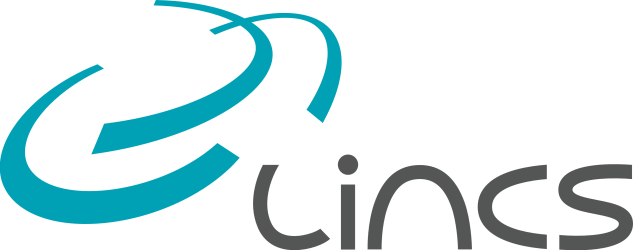| Abstract: | Conventional cellular wireless networks were designed with the purpose of providing high throughput for the user and high capacity for the service provider, without any provisions of energy efficiency. As a result, these networks have an enormous Carbon footprint. For example, only in the United States, the Carbon footprint of the cellular wireless industry is equal to that of about 3/4 million cars. In addition, the cellular network is highly inefficient and therefore a large part of the energy dissipated is wasted.In this presentation, we first analyze the energy dissipation in cellular wireless networks and point to sources of major inefficiency. We also discuss how much more mobile traffic is expected to increase so that this Carbon footprint will increase tremendously more. We then discuss potential sources of improvement at the physical layer as well as at higher layers of the communication protocol hierarchy. For the physical layer, we discuss new modulation formats and new device technologies and what they may bring in terms of energy efficiency gain. At higher layers, considering that most of the energy inefficiency in cellular wireless networks is at the base stations, we discuss multi-tier networks and point to the potential of exploiting mobility patterns in order to use base station energy judiciously. We discuss link adaptation and point to why energy efficiency, and not power efficiency should be pursued and what it means for the choice of link rates. We show how much gain is possible by energy-efficient link rate adaptation. We describe the gains due to the exploitation of nonuniform traffic in space, relays and cooperation, device-to-device communications, multiple antenna technques, and in particular coordinated multipoint and massive MIMO, sleeping modes for the base stations, the techniques of cell breathing and cell zooming, the energy trap problem for the mobile terminals, and the potential approaches for video that provide energy efficiency. We also review several survey papers and books published on this topic. By a consideration of the combination of all potential gains, we conclude that an improvement in energy consumption in cellular wireless networks by orders of magnitude is possible. The lecture will present in detail where to concentrate research to achieve the largest gains. |
| Biography: | Ender Ayanoglu received the M.S. and Ph.D. degrees from Stanford University, Stanford, CA in 1982 and 1986, respectively, in electrical engineering. He was with the Communications Systems Research Laboratory, part of AT&T Bell Laboratories, Holmdel, NJ until 1996, and Bell Labs, Lucent Technologies until 1999. From 1999 until 2002, he was a Systems Architect at Cisco Systems, Inc., San Jose, CA. Since 2002, he has been a Professor in the Department of Electrical Engineering and Computer Science, University of California, Irvine, Irvine, CA, where he served as the Director of the Center for Pervasive Communications and Computing and held the Conexant-Broadcom Endowed Chair during 2002-2010. His past accomplishments include invention of the 56K modems, characterization of wavelength conversion gain in Wavelength Division Multiplexed (WDM) systems, and diversity coding, a technique for link failure recovery in communication networks employing erasure coding in 1990, prior to the publication of the first papers on network coding. During 2000-2001, he served as the founding chair of the IEEE-ISTO Broadband Wireless Internet Forum (BWIF), an industry standards organization which developed and built a broadband wireless system employing Orthogonal Frequency Division Multiplexing (OFDM) and a Medium Access Control (MAC) algorithm that providesQuality-of-Service (QoS) guarantees. This system is the precursor of today’s Fourth Generation (4G) cellular wireless systems such as WiMAX, LTE, and LTEAdvanced. From 1993 until 2014 Dr. Ayanoglu was an Editor, and since January 2014 is a Senior Editor of the IEEE Transactions on Communications. He served as the Editor-in-Chief of the IEEE Transactions onCommunications from 2004 to 2008. From 1990 to 2002, he served on the Executive Committee of the IEEE Communications Society Communication Theory Committee, and from 1999 to 2001, was its Chair. Currently, he is serving as the founding Editor-in-Chief of the IEEE Transactions on Green Communications and Networking. Dr. Ayanoglu is the recipient of the IEEE Communications Society Stephen O. Rice Prize Paper Award in 1995 and the IEEE Communications Society Best Tutorial Paper Award in 1997. He has been an IEEE Fellow since 1998. |
